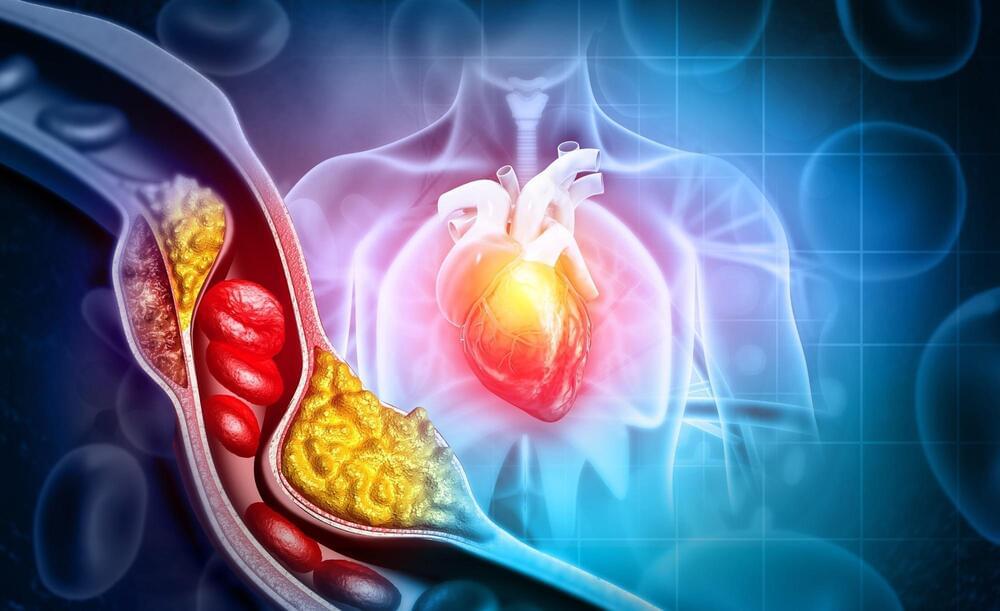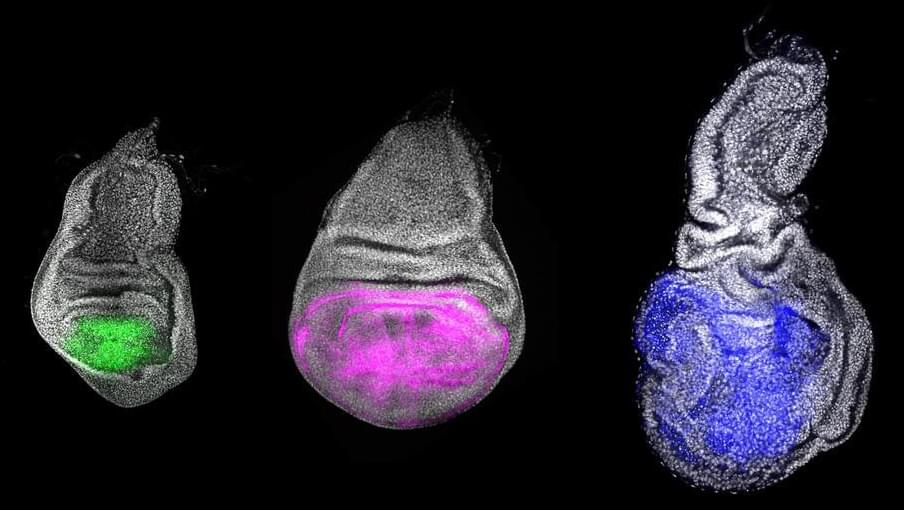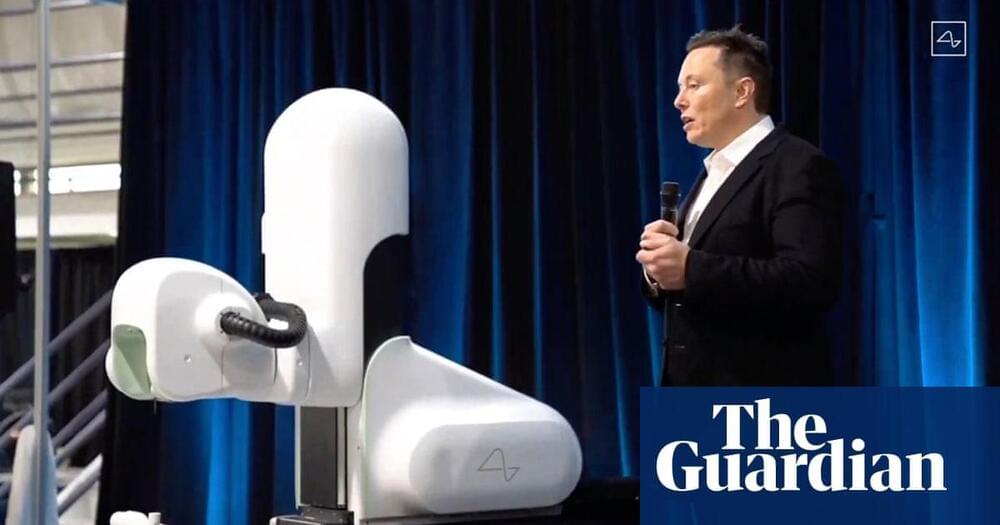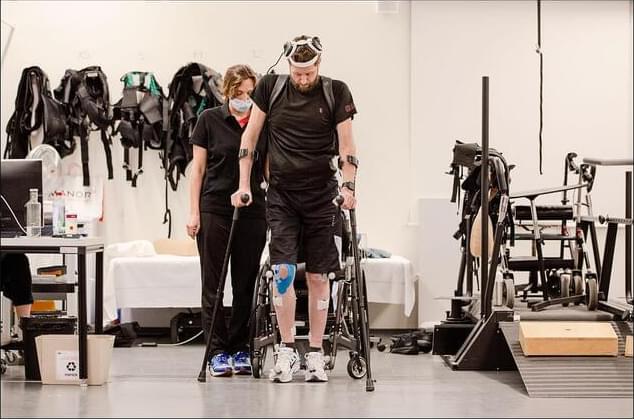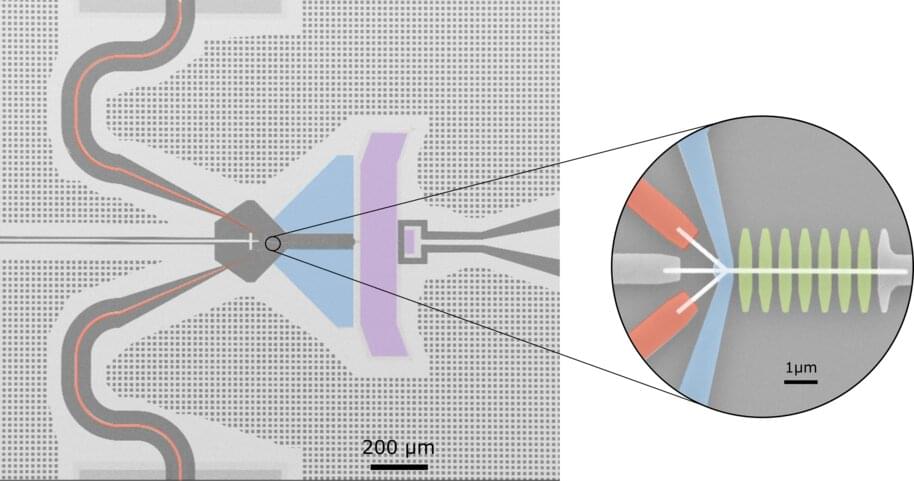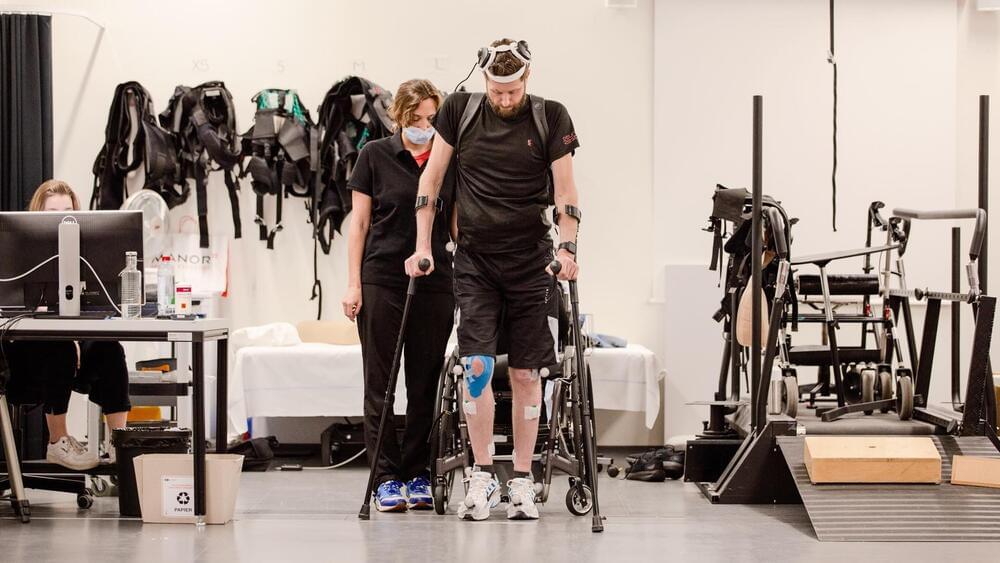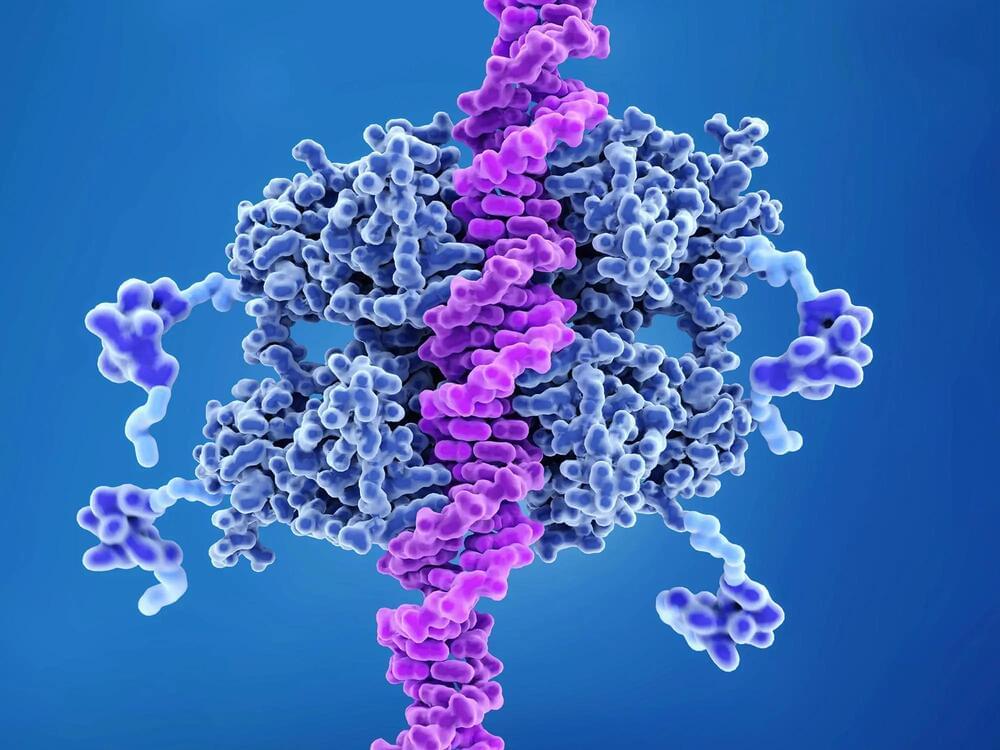A recent study published in the journal Scientific Reports assessed the associations between the change in total cholesterol (TC) levels after type 2 diabetes (T2D) diagnosis (relative to pre-diagnosis levels) and the risk of cardiovascular disease (CVD).
CVD is the global leading cause of mortality. T2D is a gateway disease to CVD. A study revealed higher coronary heart disease (CHD) and stroke risks in diabetes patients than in non-diabetic individuals. The global prevalence of T2D is expected to exceed 10% by 2030. Therefore, preventing CVD in people with diabetes could be of public health significance.
Hypercholesterolemia is a significant risk factor for CVD, and its adverse effects on CVD could be more evident in individuals with metabolic conditions, e.g., T2D. Diabetes patients may be more susceptible to hypercholesterolemia’s negative impact on CVD risk. Nonetheless, T2D diagnosis often results in positive lifestyle changes helping reduce hypercholesterolemia or CVD risk.
